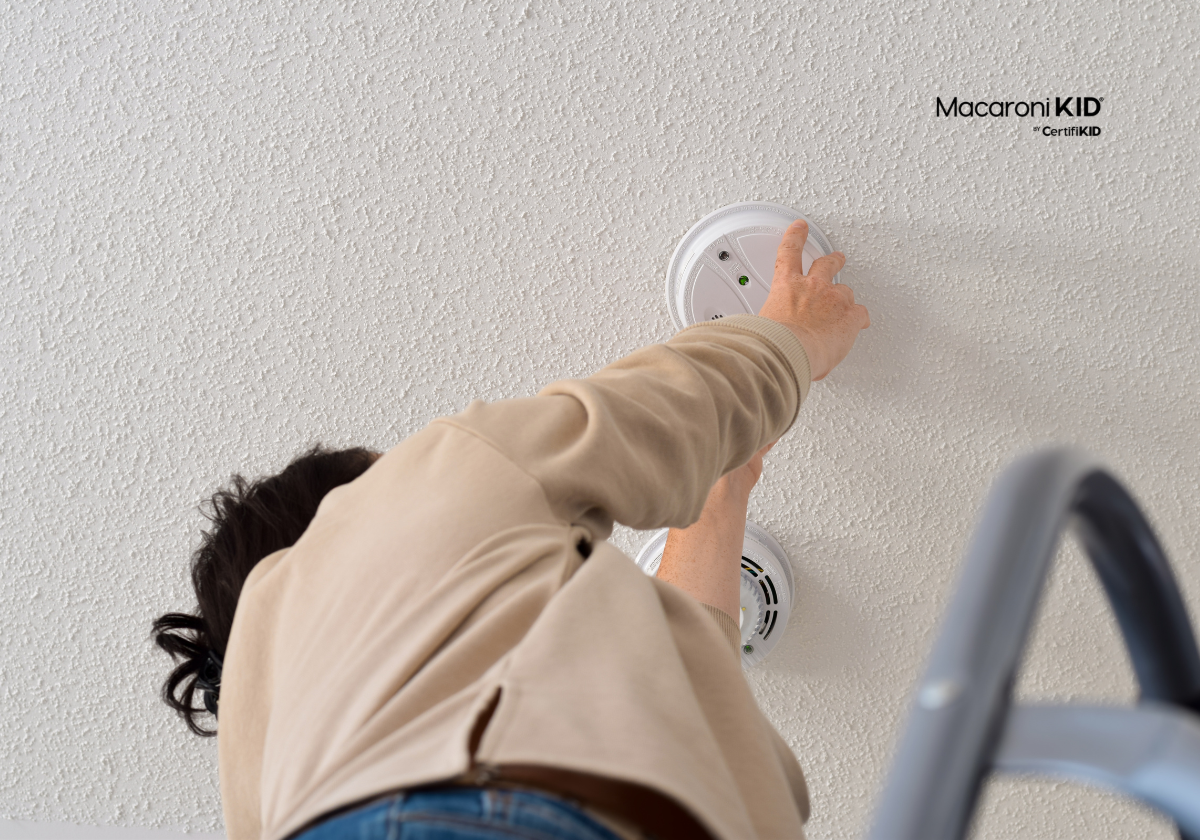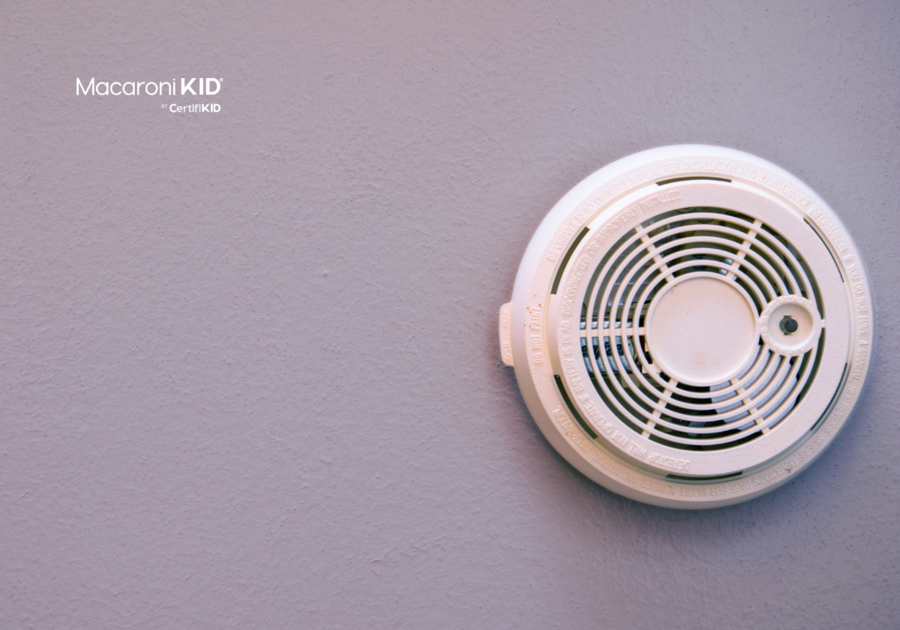Working smoke alarms in your home can cut the risk of dying in a home fire by 60 percent, according to the National Fire Protection Association. That makes smoke alarms the crucial first line of defense in cases of fire. But just owning smoke alarms isn't enough — they need to be properly placed, maintained, and tested to save lives.
National Fire Prevention Safety Week is Oct. 6-12, 2024.
This year’s Fire Prevention Week theme of 'Smoke Alarms: Make Them Work for You!' encourages all families to ensure their smoke alarms are up to the task. Here are five important ways to protect your family:
1. Install Smoke Alarms in the Right Locations
Smoke alarms should be installed in every bedroom, outside each sleeping area, and on every level of your home — including the basement. Larger homes may need additional alarms to ensure complete coverage. Keep alarms at least 10 feet away from the kitchen to avoid false alarms.
Why it's important: Fires can spread rapidly, and having alarms in strategic locations ensures early warning and more time for escape. In a 2024 tragedy in Florida, 11-year-old Ramon Thomas lost his life in an apartment fire because the family says the building lacked working smoke alarms. His siblings managed to escape, but Ramon was left behind due to the lack of early warning. This devastating event emphasizes the importance of having smoke alarms in all parts of the home.
2. Consider Interconnected Smoke Alarms for Added Safety
Interconnected smoke alarms are a great option to consider. When one alarm detects smoke, all the alarms in your home sound together, giving your family maximum time to react. These alarms are now available in wireless options, so they don’t require complex rewiring — making them both affordable and easy to install. They can be found in most hardware or home improvement stores.
Why it's important: Interconnected alarms can be especially helpful in larger or multi-story homes where a fire might not be detected immediately in all areas. This ensures that no matter where the fire starts, your whole family is alerted.
 Julie Alex K | Canva |
Make it a habit to test your smoke alarms once a month.
3. Test and Maintain Your Smoke Alarms Regularly
Testing your smoke alarms at least once a month is a must, but many of us don't do it. Add it to your calendar, set a reminder on your smart speaker ... do whatever you need to do to remind yourself! To test, simply press the test button to ensure the alarm sounds properly. You should also replace the batteries at least once a year, or sooner if you hear a "chirp" indicating a low battery. Alarm malfunctions are common — according to a recent U.S. Consumer Product Safety Commission survey, 16% of households with smoke alarms still had at least one non-functioning alarm.
Pro tip: While many people think smoke alarms turn yellow because of environmental factors, it's actually caused by bromine in the plastic that turns yellow as a signal the alarm is past its prime. So if your smoke alarm has turned yellow, it's time to replace it!
Want more resources about fire safety? Here are 3 resources from the National Fire Protection Association:
➡️ A printable tip sheet about smoke alarm safety in homes: Easy-to-follow tips for ensuring your smoke alarms are properly installed and maintained.
➡️Information about smoke alarms for people who are deaf or hard of hearing: Information about specialized smoke alarms with visual or vibrating alerts for enhanced safety.
➡️Fire safety-related coloring sheets, activities, puzzles and more for kids and families: Fun and educational materials to help your children learn about fire safety.
4. Replace Smoke Alarms Every 10 Years
Even if your alarms seem to work fine, they should be replaced every 10 years. This ensures that the sensors remain sensitive enough to detect smoke.
Pro tip: Check the back of your smoke alarm for a date of manufacture. Click here for more tips on checking your smoke detector.
5. Don’t Forget Carbon Monoxide Alarms
Only 27% of U.S. households have carbon monoxide alarms, according to the International Association of Fire Chiefs. CO alarms are critical, with more than 400 accidental deaths in the U.S. due to carbon monoxide each year, according to the Centers for Disease Control, with many of those happening during the winter months because of portable generators. An alarm detects carbon monoxide, which is a colorless, odorless gas.
Pro tip: The CDC advises replacing your carbon monoxide detector every five years. Get more information about carbon monoxide and CO detectors.
By following these tips and regularly checking your smoke alarms, you'll have confidence they'll work for you when you need them most.



